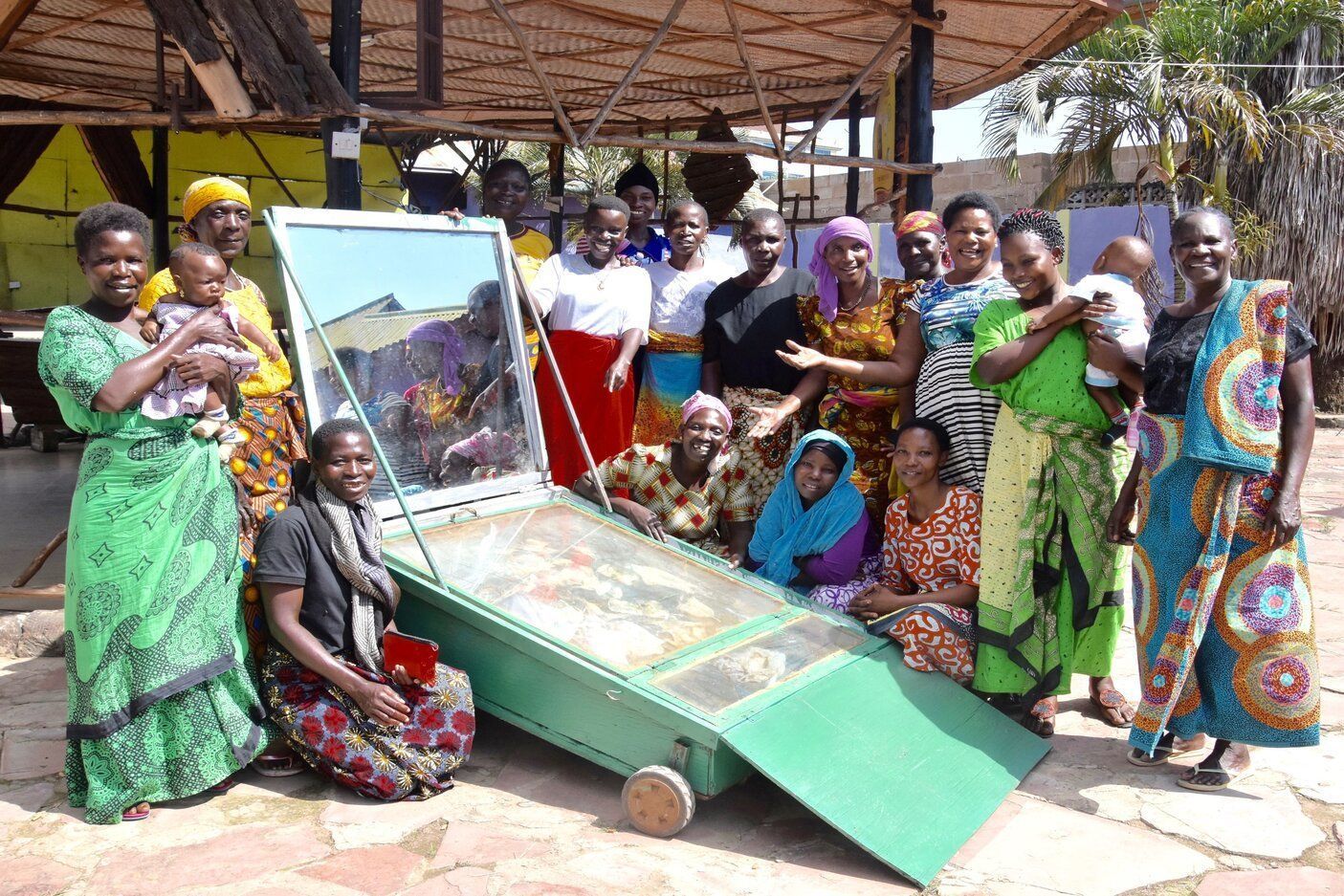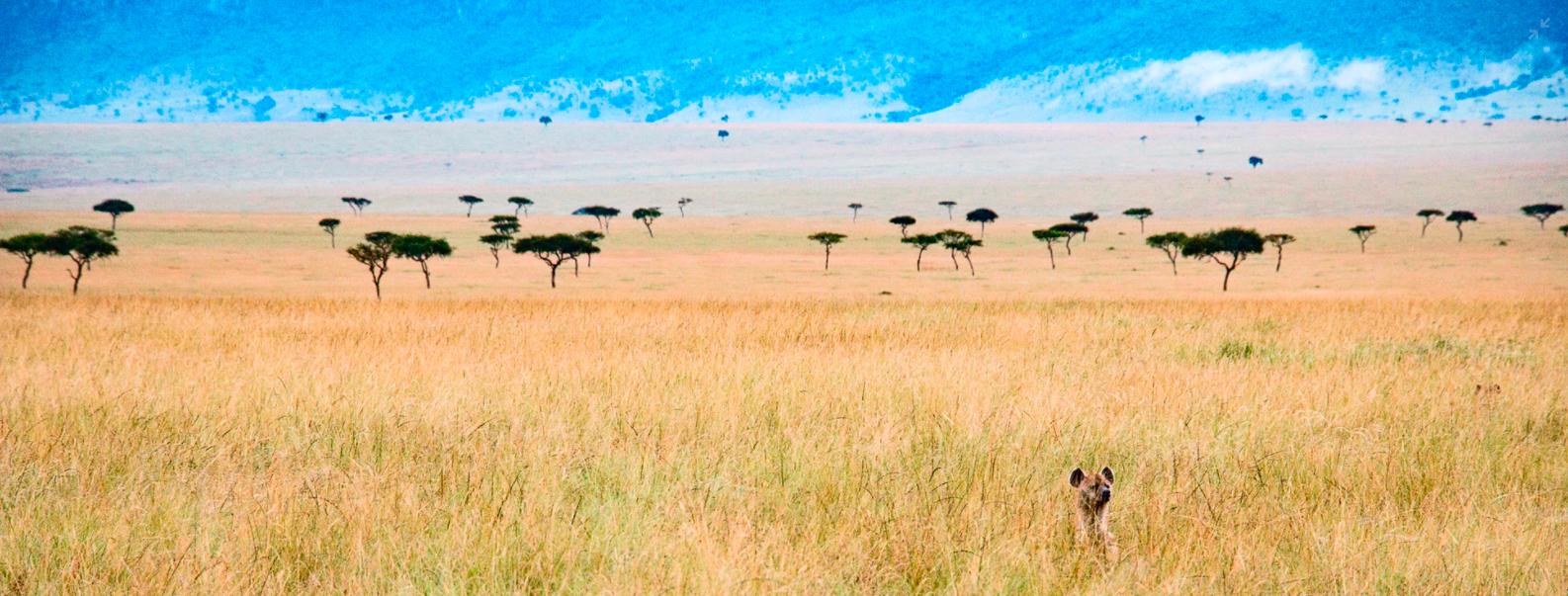
Their "new technology" of solar drying fish means less hunger and better nutrition, taste, and storage than traditional open-air drying. Refrigeration is not available in the developing world where fish, extremely perishable, play a major role in nutrition and economics.
The COVID pandemic increased food poverty in the developing world, and this is helping. The solar-dried fish are good sellers. This women's business reinvested group revenues. They designed an additional dryer expanding into solar drying of fruits and veggies. Community profits and nutrient content with improved storage have increased as a result.
Fish Leader Mama Esta Damas shares: "For us, at first solar fish drying sounded like a hoax, but it is real and is working. I expected positive reactions from customers and that is exactly what happened. More customers continue to come to us. The fish are nicely dried, clean, and taste good. The dryer saves us time and energy. Our market has expanded. We can save more. Our goal is simple: buy more dryers, dry more fish, increase production and profits!”
Common traditional methods of fish drying are open-air and smoke. For open-air drying, fish are spread on the ground or hung in direct sun for several hours or days. Fish are contaminated by animals, dirt, flies, and other insects during the long traditional drying times. Smoking with wood or coal is faster but unhealthy for both women and the environment.
New Market Opportunities: The older women grew up with open-air sun drying fruits and vegetables in their villages to survive times of famine. Now they are applying what they learned as children with new solar-drying technology to teach younger women.
The favorite is a local green called Merenda. Merenda (Ute Mallow) is a nutritious indigenous green high in Vitamins A and E that is a special addition to local soups, rice, and grain dishes, and tea. It is very popular with the local Sukuma Tribe, the most numerous people in this area. It has a short growing season. Packets of dried green are now a sought-after commodity in the market.










